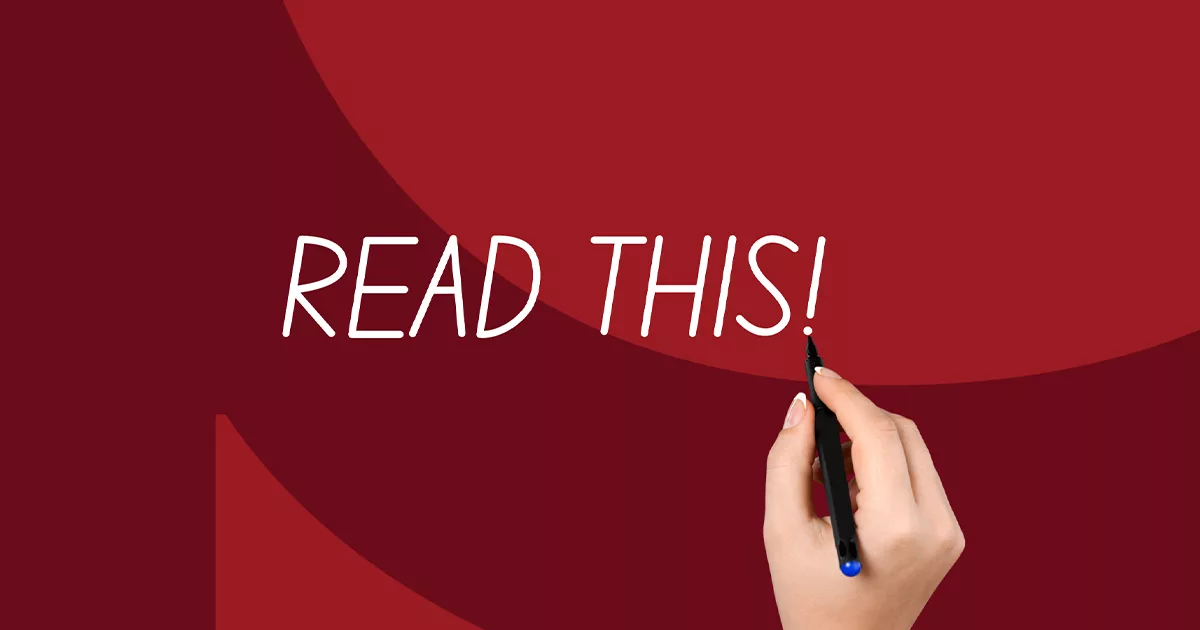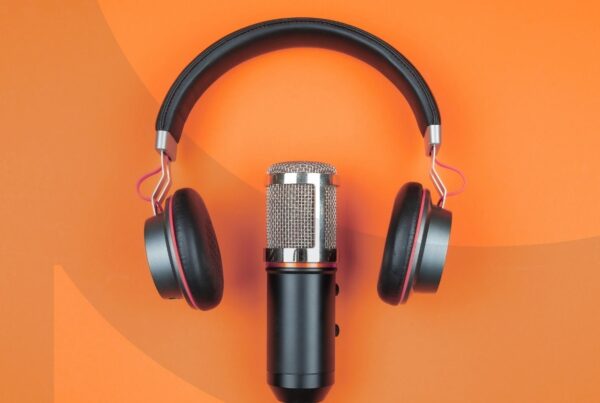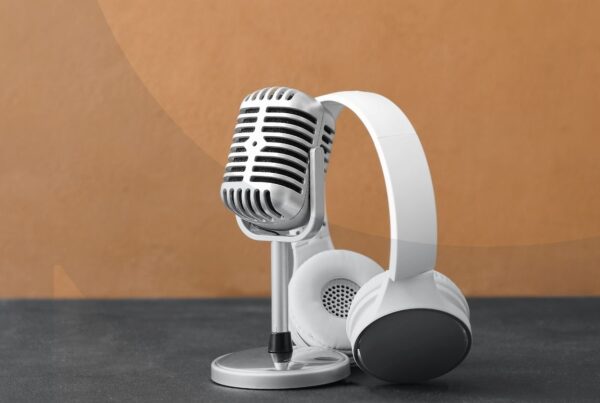By Liam O’Neill
As the public’s distrust in media escalates, informative and accurate headlines are more essential than ever. Here are 5 proven tips to make your headlines stand out.
We’ve all been told: “don’t judge a book by its cover.” Although this metaphor usually alludes to people, it also rings true for article headlines.
Headlines serve an important function for readers and authors alike. For readers, it provides a quickly digestible summary of the article. For authors, it is a useful means to reach a specific target audience.
The phrase, “a chain is only as strong as its weakest link,” also applies to articles and their headlines. Here’s why: headlines provide a link between the audience and the more substantive content included within the body of the article. You may have just written an extremely impactful article, but without a captivating headline, it risks being lost in the sea of other articles on that topic.
Here are five tips for making your headline stand out:
1) Know your audience
Before you even begin copywriting, the first step is knowing your audience, their interests and, therefore, what they are most likely to click on. Prior to creating any piece of content, whether it be a blog post, a YouTube video, or a TikTok, you should understand how to effectively connect with your target audience. The more in-depth your understanding of your audience is, the better it directs your choice of sentence structure, tone, and the key words you use.
How can you learn more about your audience? Primary research methods such as surveys or interviews are great for extracting deep insights about your target audience. Another good option is secondary research. Search engines like Google and Safari, or your company’s internal data, are low cost alternatives and are a better option if a deadline is fast approaching. Make sure to include a good mix of research methods to obtain a comprehensive understanding of your target audience.
2) Learn from experience
If possible, source headlines from similar articles that you’ve written in the past and use them as a starting point for your new headline. Take notes from headlines you see in the news or online. Your title doesn’t have to be revolutionary to get the job done. At this point, no headline is original. Creative people in many fields take inspiration from other great pieces of work. The same can be done for writing short-form copy.
AI platforms like ChatGPT or Jasper are also a great place to start. They can circumvent time-consuming research to find the best phrases and keywords to include in your headlines. Although we don’t recommend using a direct copy of what a generative AI platform produces, it can be used as a brainstorming device to help get your creative juices flowing. A technology such as ChatGPT is, at its core, a tool designed to augment your creative capabilities. Having a handy tech assistant at your side can help you in your quest to break through the clutter of clickbait.
3) Be clear and concise
This one is obvious, but its importance merits a reminder. The headline is the first thing readers see. This means the headline is essentially your chance at making a good first impression on readers. A boring headline won’t be remembered and won’t get the job done. An attractive, but misleading headline, may be great for increasing website traffic, but will leave readers feeling tricked and no longer interested in what you have to say.
Clear and concise headlines are better for you and your audience because they make it easy for readers to filter out irrelevant content. They help you filter out potentially unqualified leads from clicking on your website, saving you time and money.
Here are two examples: this NPR article features a simple yet effective headline that gets the job done: Where did the workers go? Construction jobs are plentiful, but workers are scarce. It only takes a second to know what exactly this article covers. On the other hand, this Wall Street Journal article does not convey its main message in the headline: Brazilian Swamp Drainer. Rather than being helpful and informative, this headline is ambiguous and can be construed as misleading.
4) Choose the right keywords
The ability to identify relevant keywords enables you to improve the quality of your headlines. In today’s world, keyword strategy is extremely important and plays a huge role in maintaining brand presence across different channels. Keywords help your headline stand out and rank higher on search engine result lists.
Keep in mind though the fast-moving nature of this technology – it is constantly changing and therefore it is often necessary to update your keywords even for a single target audience. The strategy behind finding the right keywords is lengthy enough for a separate article, but its inherent importance in writing high quality copy calls for illustration.
5) Understand nuances for different media channels
Writing copy for multiple media channels can be challenging, especially when you want to maintain a cohesive brand voice across all of them. A good headline may enable an article’s success on one medium but hinder its reach on another. Whether it be a character limit, an algorithm’s preference for certain types of wording, or the way the user base tends to respond to certain types of content, there are a number of reasons to differentiate your article’s headline in the context of each media channel. For example, this WSJ article’s Instagram headline is different than its web headline.
As the digital media landscape continues to evolve, each channel is becoming more focused in its content and user base. As a digital marketer you must understand these differences in order to leverage them for success.
Misleading titles and thumbnails ushered in an age of clickbait over a decade ago and are still a major problem that has led to a general distrust in media. As such, do readers a favor and make headlines clear-cut and forthright. This provides greater value to readers and should keep them coming back to your platform for more useful content.






